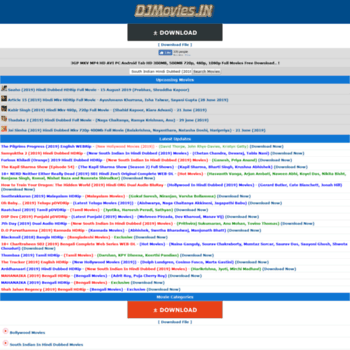
Though this case has little relation with a person’s right to control what happens to their genetic material, the commonality is that both contexts consist of ‘having property in something’, which, in essence, vests the same rights in the respective individual, irrespective of the classification of property in question. This means that they did not have the authority to exclude others from the land, thereby permitting Nabalco to mine thereon. The Court held that, notwithstanding the Aboriginal people’s religious connection to the land, such connection did not vest proprietary rights therein. In Milirrpum v Nabalco, the Commonwealth government had granted Nabalco the rights to mine on land, claimed by Milirrpum to be Aboriginal land, which should have been recognised as theirs, and thereby not interfered with. In relating the above quote by Blackburn J to the question, it is appropriate to consider the context, in which the quote was stated. The rights associated with possession of property (enjoyment, exclusion, and alienation) are referred to as a bundle of rights. Before laws were made there was no property take away laws, and property ceases.” A possessor of property can enforce their proprietary rights in rem, contrary to a person with contractual rights, whose rights are only enforceable in personam that is, against another party to the contract. “The concept of property is inextricably interwoven with the content of legal rules and principles … Property and law are born together, and die together. It could also be taken to mean the result, which shall prevail when applying current Australian law. The part of the question, “ Should be able to”, can be interpreted as requiring a subjective criticism of current Australian law, as to what should be the correct approach for a court to take when faced with a situation involving possessory rights over human body parts. This is analysed further with reference to hypothetical real-life scenarios.

Despite the obvious, that a person can control what happens to their genetic material when they are alive the wording of the question “control what happens”, can be construed to imply, ‘control what happens to their genetic material after they die’. This paper interprets the question according to the following construction: This paper does not merely refer to the property rights of Australian citizens, but answers the question by looking at the current status of the Australian law, which applies to any person located within Australia. It begins with a construction of ‘property’ from a legal perspective, such as, against whom action may be brought then discusses relevant Australian statutory and common law. This paper addresses the concept of property and the rights associated therewith, in respect of a not-so-traditional classification of property, ‘genetic material’.

How helpful is this statement in determining how and to what extent Australian citizens should be able to control what happens to their own genetic material? I Abstract “I think that property, in its many forms, generally implies the right to use or enjoy, the right to exclude others, and the right to alienate”.

Blackburn J said in Milirrpum v Nabalco Pty Ltd (1971) 17 FLR 141, 268:


 0 kommentar(er)
0 kommentar(er)
